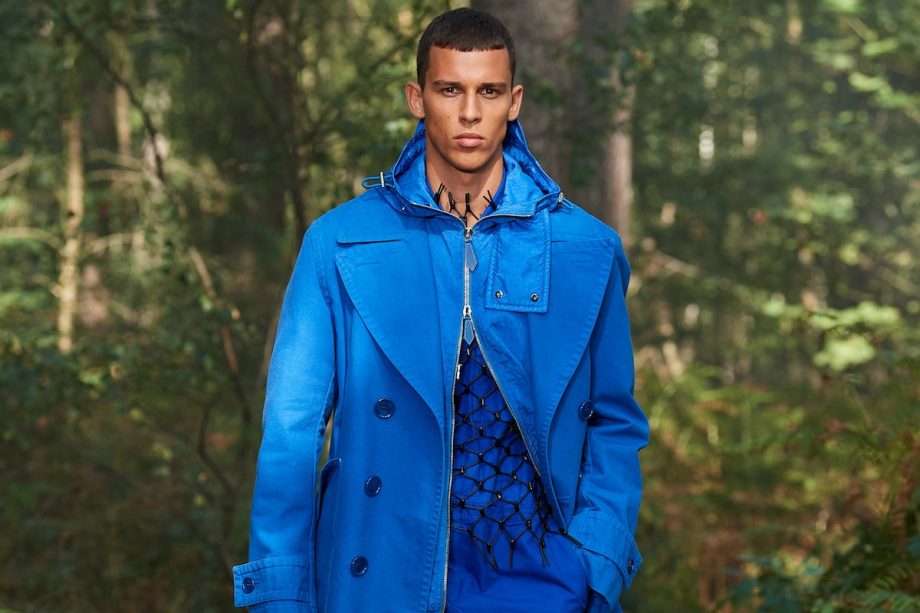The old adage that 'necessity is the mother of invention' has never been more true in 2020. Governments, industries and cultures around the world have all shown how when push comes to shove, change isn't so impossible: meetings don't have to be in person, you don't need to leave the country to find amazing vistas, and most pertinent to the topic at hand, you don't need to have big seasonal fashion releases.
While things aren't all sunshine and daisies for the global fashion industry – far from it – things have almost gone back to normal. Designers are still holding shows (even if they're via Zoom or with severe social distancing) and the fashion machine is continuing to churn.
But the 'virtual catwalk' has only gone and shown how artificial the whole 'fashion week' thing really is. More to the point, when most people are staying inside and wearing nothing but tracksuits, how relevant is the idea of seasonal fashion any more?
One of the biggest bugbears for Australian fashion fans is that because our seasons are out of sync with the fashion nexus that is Europe and North America, we're often forced to play behind the ball when it comes to style. Indeed, thanks to Australia's temperate climate, some looks are completely impractical no matter the time of year (does it ever get cold enough in Sydney to warrant a Moncler jacket?).
View this post on Instagram
But 2020 has forced fashion to wake up to itself. Brands are slowly becoming more innovative – whether it's offering clever trans-seasonal collections like HUGO BOSS or abandoning the rigid spring/summer + autumn/winter model entirely, like Burberry has moved towards.
The reality is that the seasonal model is not only passé, but detrimental to the industry. Part of the reason fast fashion brands like ZARA have become so successful is that they can scale production to follow trends (and global pandemics) as need be, compared to the sluggish seasonal machine that is luxury fashion.
"Factories often have incredibly busy times with lots of pressure and overtime to get all the garments ready for the season, and then quieter periods before the next season’s production ramps up. Manufacturing outside of this seasonal roller-coaster would not only be less stressful for workers but also provide more continuous, stable employment since currently some factories just hire temporary staff for the busy times," Verena Erin from My Green Closet relates.
In comparison, middle-market ready-to-wear brands who typically don't follow the traditional seasonal release schedule have been reaping rewards in 2020. The fall in consumer demand for haute couture has been accompanied by rising demand for 'quality basics': think brands like A.P.C., Reigning Champ, Needles, and Champion Reverse Weave.
Cult streetwear brands have long danced to their own tune when it comes to release schedules, too: Supreme, Palace, Yeezy and GOLF all sporadically 'drop' new items in a typically enigmatic fashion in order to drum up hype and keep things fresh. Their success proves that brands don't need to follow the outdated seasonal model in order to be successful.
What's the big takeaway? The more brands that move towards a seasonless model, the better things will be for Australian consumers – not to mention the brands themselves. More options, less constraints, a win-win for everyone.
Read Next
- Stylist Breaks Down Australia’s Reluctance To Embrace Gender-Neutral Fashion
- Benedict Cumberbatch Shares How To Be A Gentleman In An Upside-Down 2020
Subscribe to the DMARGE newsletter
Follow DMARGE on Instagram
Follow DMARGE on Facebook
The post Europe’s Runway Fashion ‘Shutdown’ Good News For Australians appeared first on DMARGE.
from DMARGE https://ift.tt/3lOoLxF








0 comments:
Post a Comment